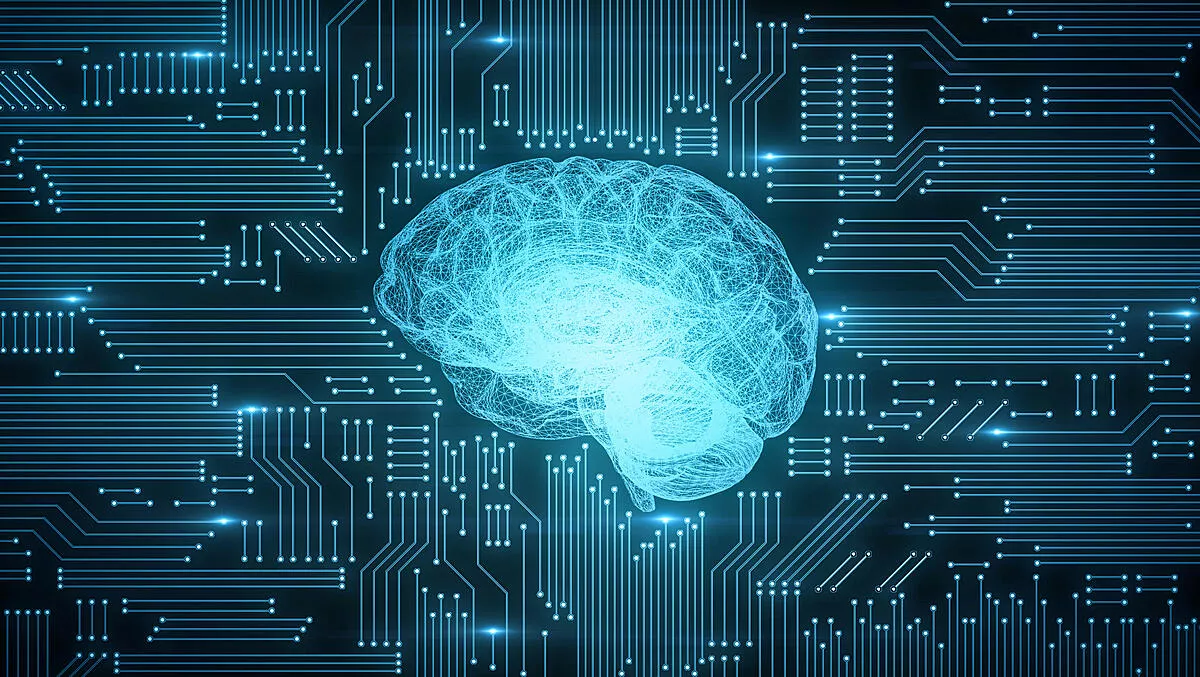
Fortinet introduces new AI to combat cybersecurity threats
Fortinet has today announced FortiAI, an on-premises appliance that leverages self-learning Deep Neural Networks (DNN) to hasten threat remediation and handle manual security analyst tasks.
FortiAI's Virtual Security Analyst embeds cybersecurity artificial intelligence directly into an organisation's network to deliver sub-second detection of advanced threats, according to Fortinet.
FortiAI leverages deep learning known as Deep Neural Networks, which mimic neurons in the human brain, to make complex decisions based on its scientific analysis of threats specific to the organisation where it is deployed.
Organisations using legacy security processes combined with limited security staff find it difficult to perform manual investigations for each threat alert.
This creates additional risks including a data breach or security incident due to slow response time.
To solve this, FortiAI automates investigations using DNN to identify the entire threat movement and uncover patient zero and all subsequent infections.
FortiAI's Virtual Security Analyst significantly reduces the time organisations are exposed to threats by scientifically analysing characteristics of threats and generating an accurate verdict to accelerate threat response.
Deliver tailored threat intelligence to significantly reduce false positivesFalse positives are a burden for security analysts to investigate and it is time-consuming to determine threats versus non-threats.
Through tailored threat intelligence, FortiAI learns new malware features as it adapts to new attacks instantaneously and reduces false positives.
FortiAI also offers on-premises AI suitable for organisations that have air-gapped networks.
Operational technology environments, government agencies and some large enterprises must adhere to strict compliance regulations and/or security policies that limit their network's connection to the internet.
FortiAI does not require internet connectivity to learn and mature, enabling organisations with closed environments or stringent security policies to stay ahead of threats.
While traditional cyber threats continue, sophistication of advanced attacks – often enabled by artificial intelligence, machine learning and open source communities – are increasing.
As a result, organisations and their defences are challenged to keep pace with threat evolution.
Millions of new applications, growing cloud adoption and the increase in connected devices are creating billions of edges that security teams need to properly protect and manage.
Organisations are challenged to keep pace with the threat volume resulting from many potential entry points.
The cybersecurity industry faces a skills gap that has become a top emerging risk for organisations.
There are not enough skilled professionals available to properly triage, investigate and respond to the growing number of threats – potential and actual – making it easier for cybercriminals to outpace legacy security processes and tools.


